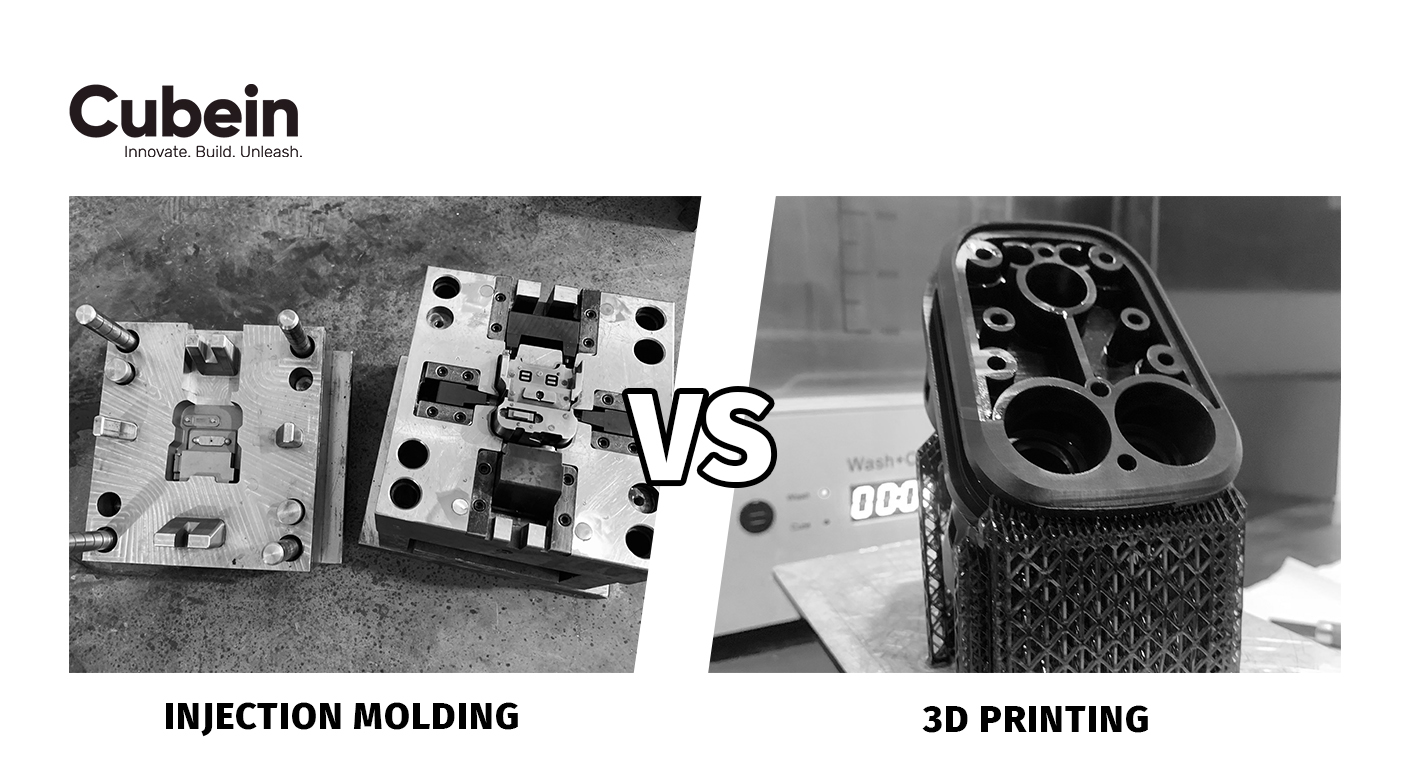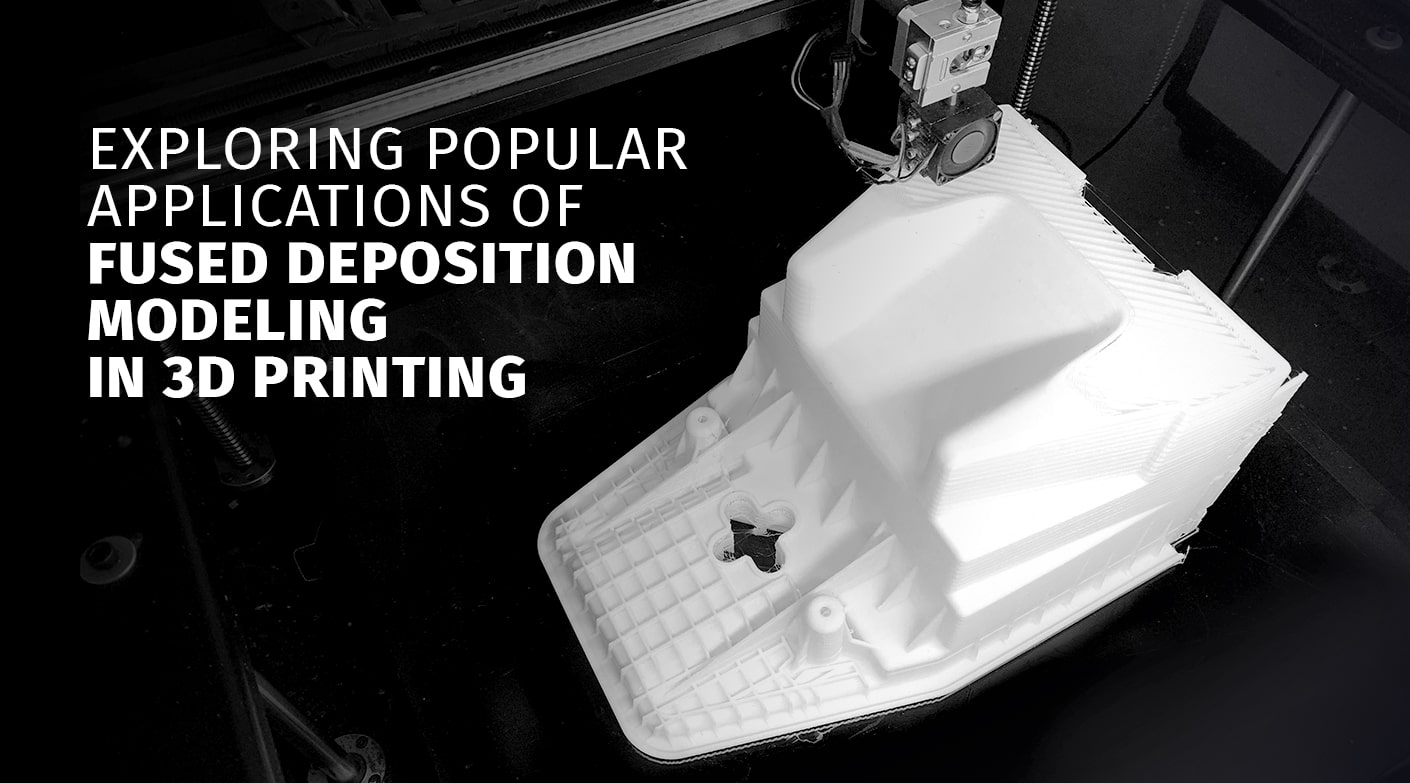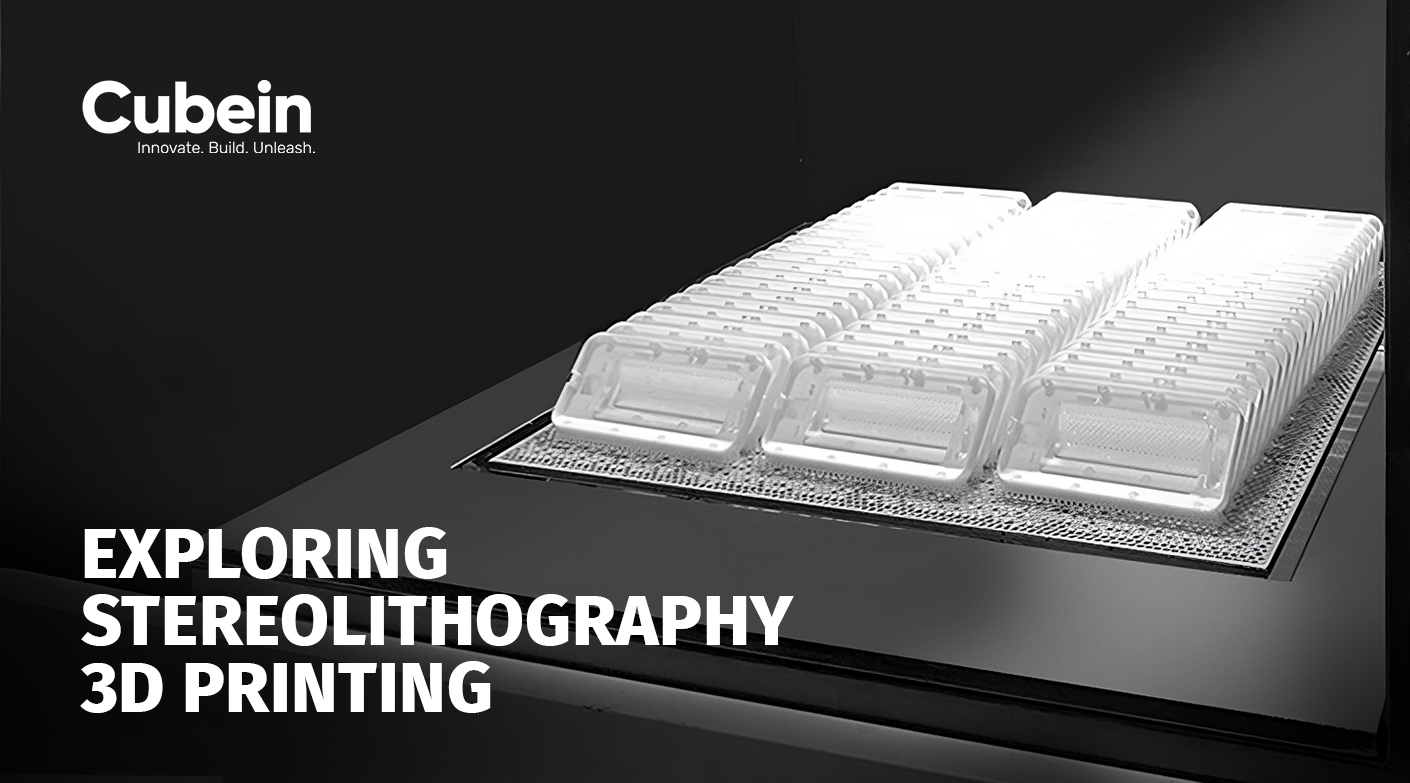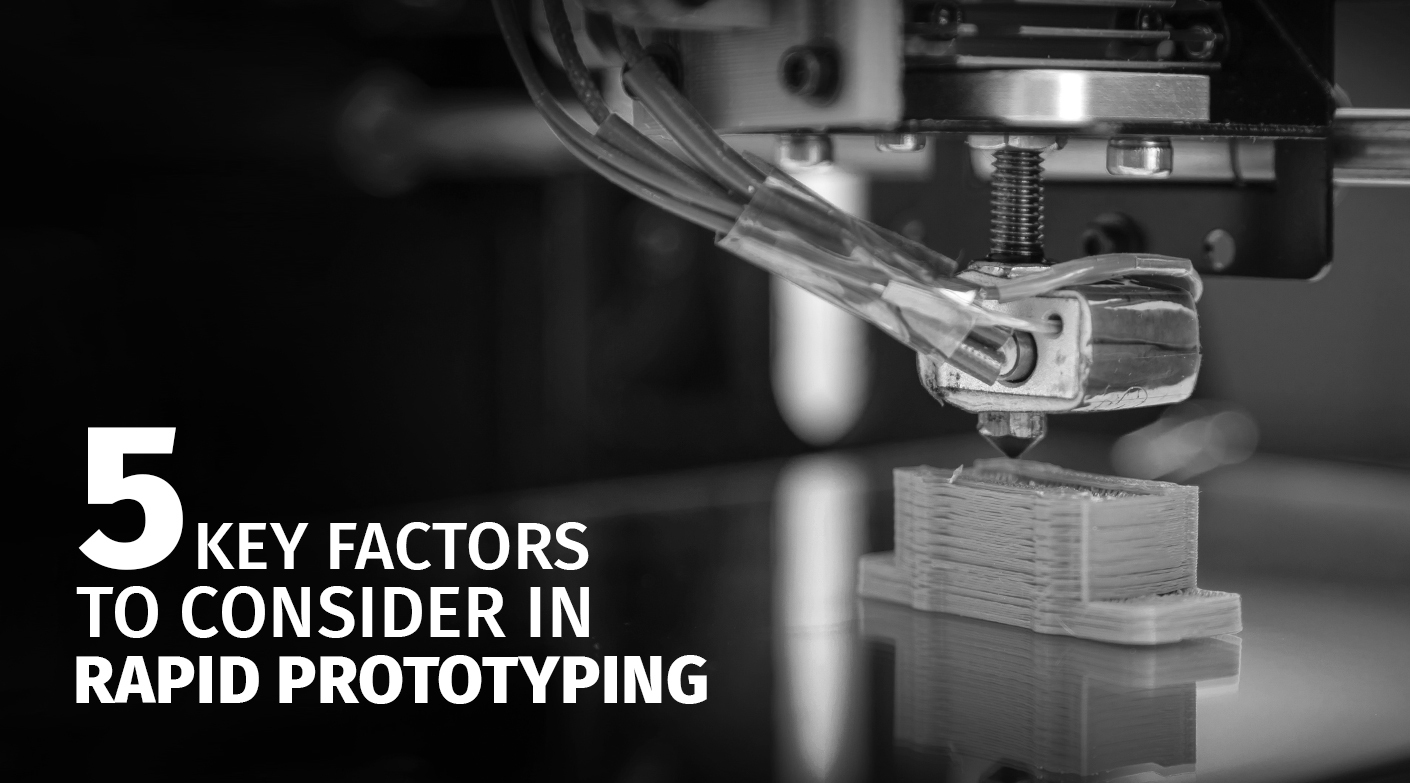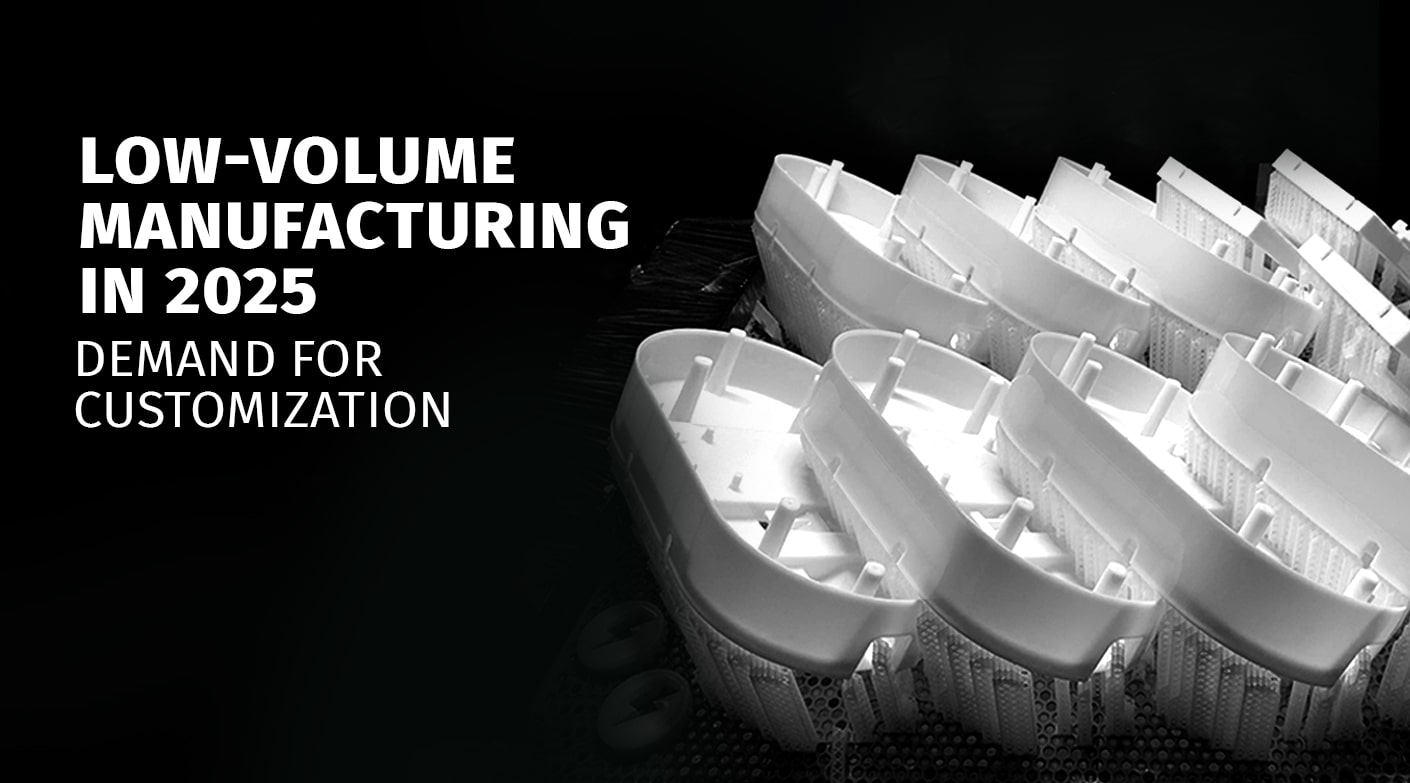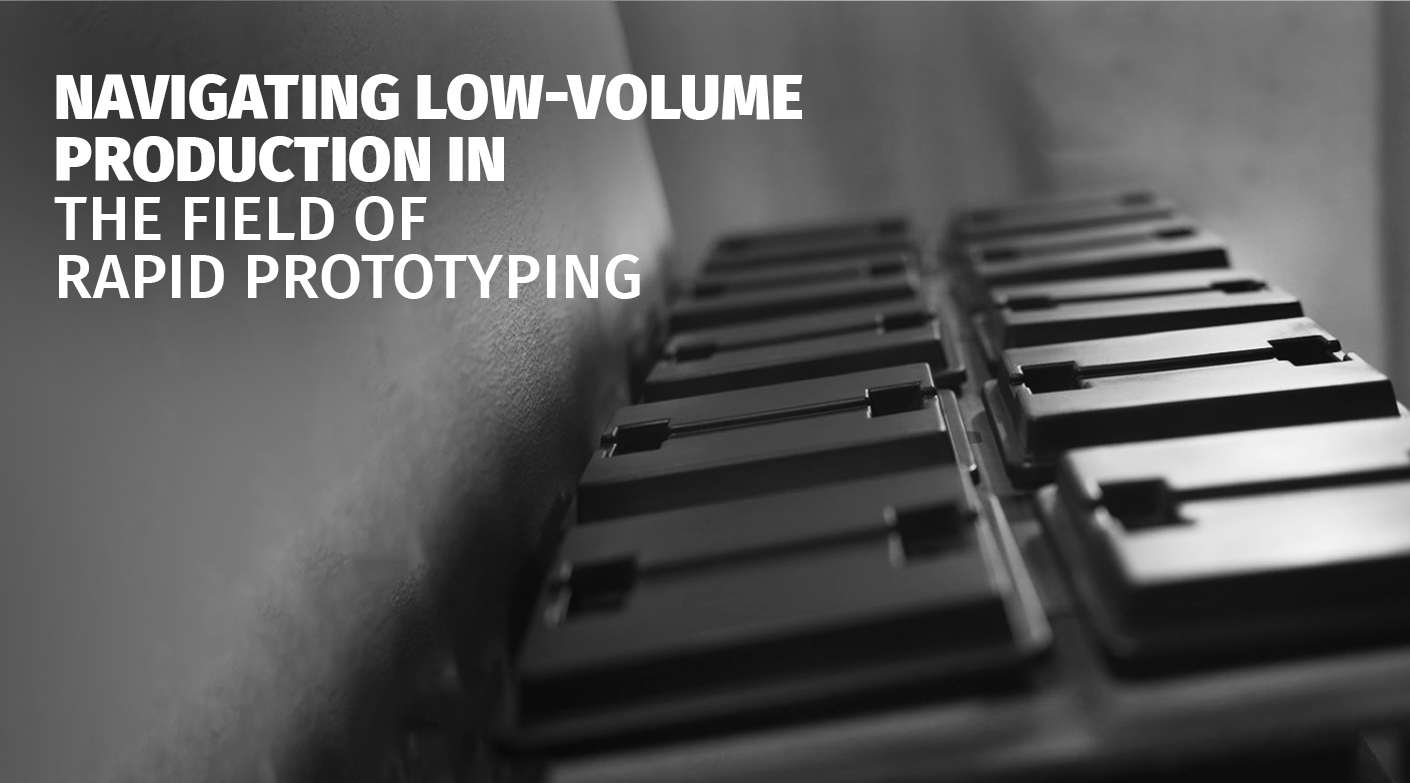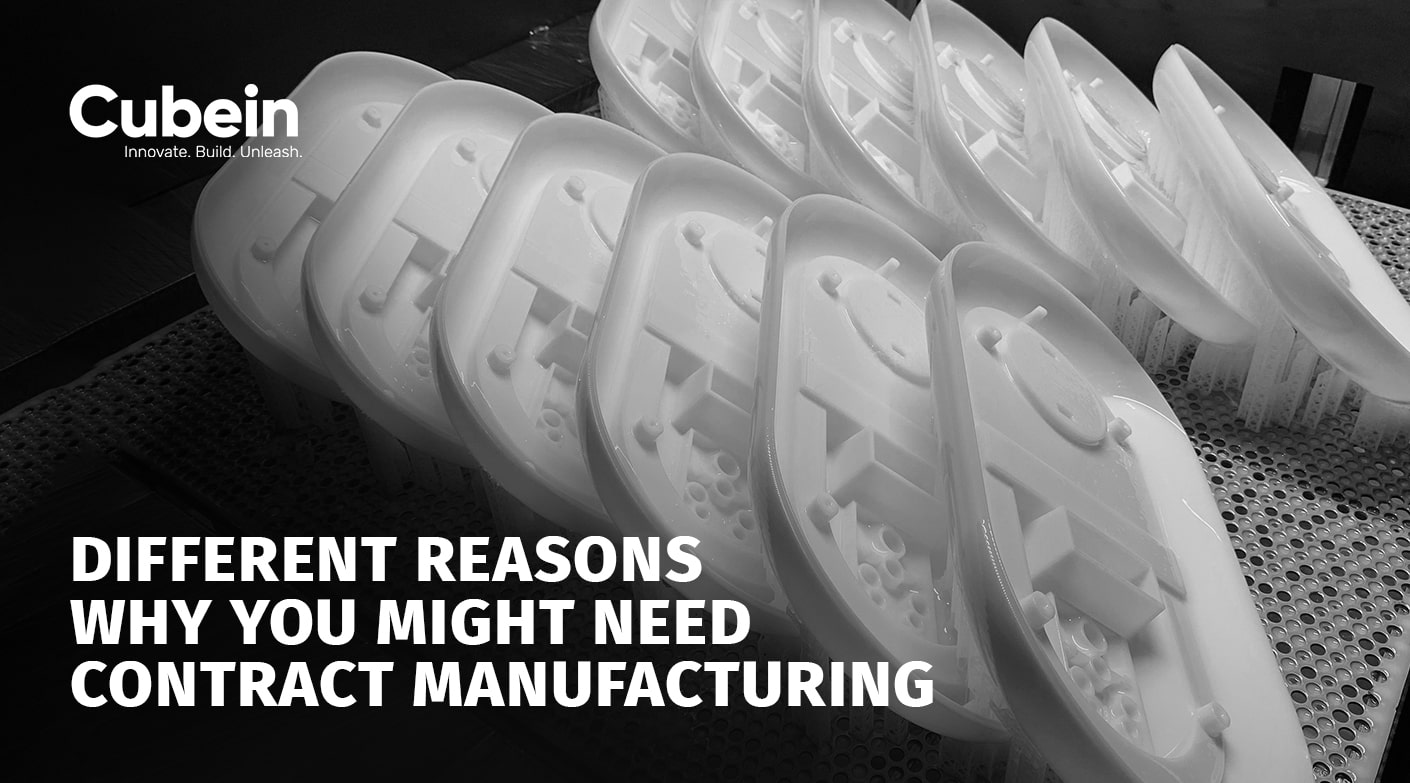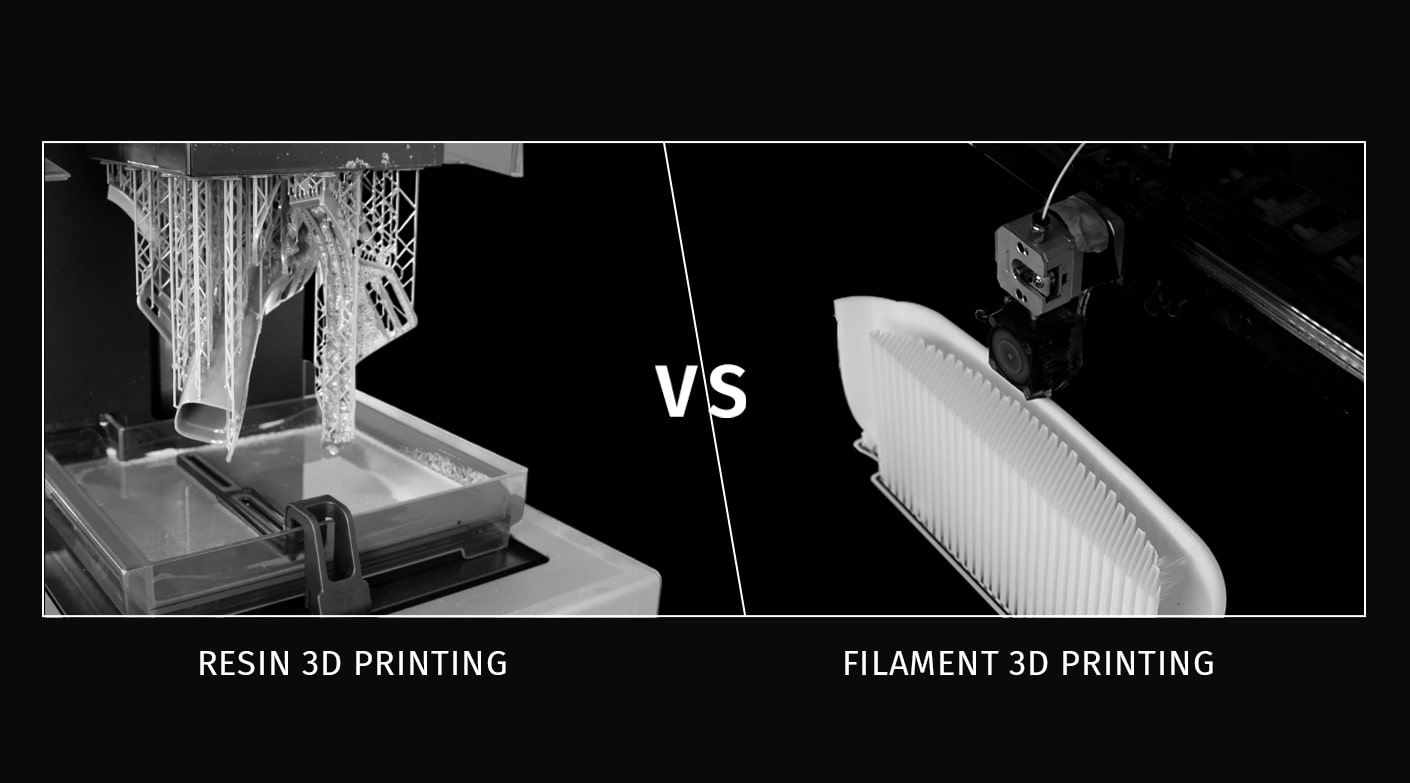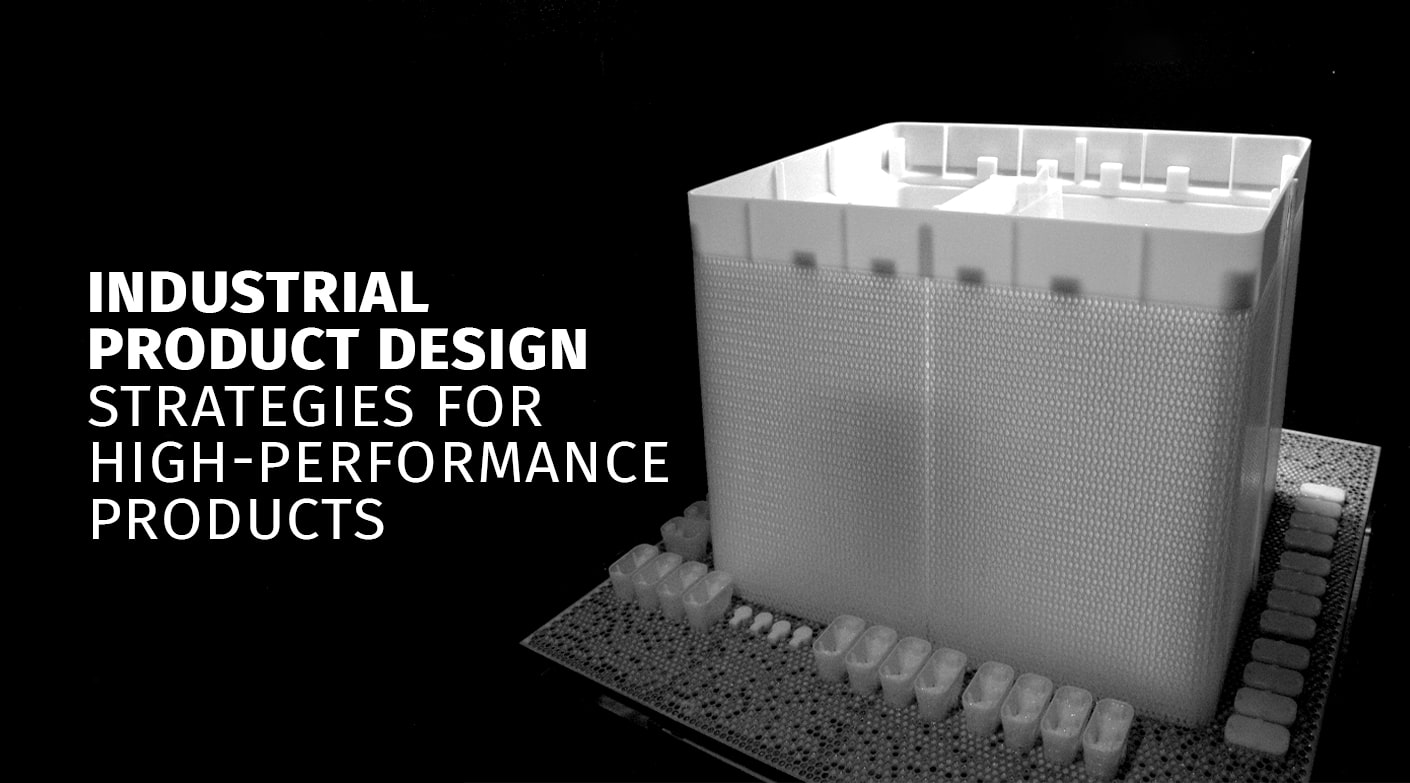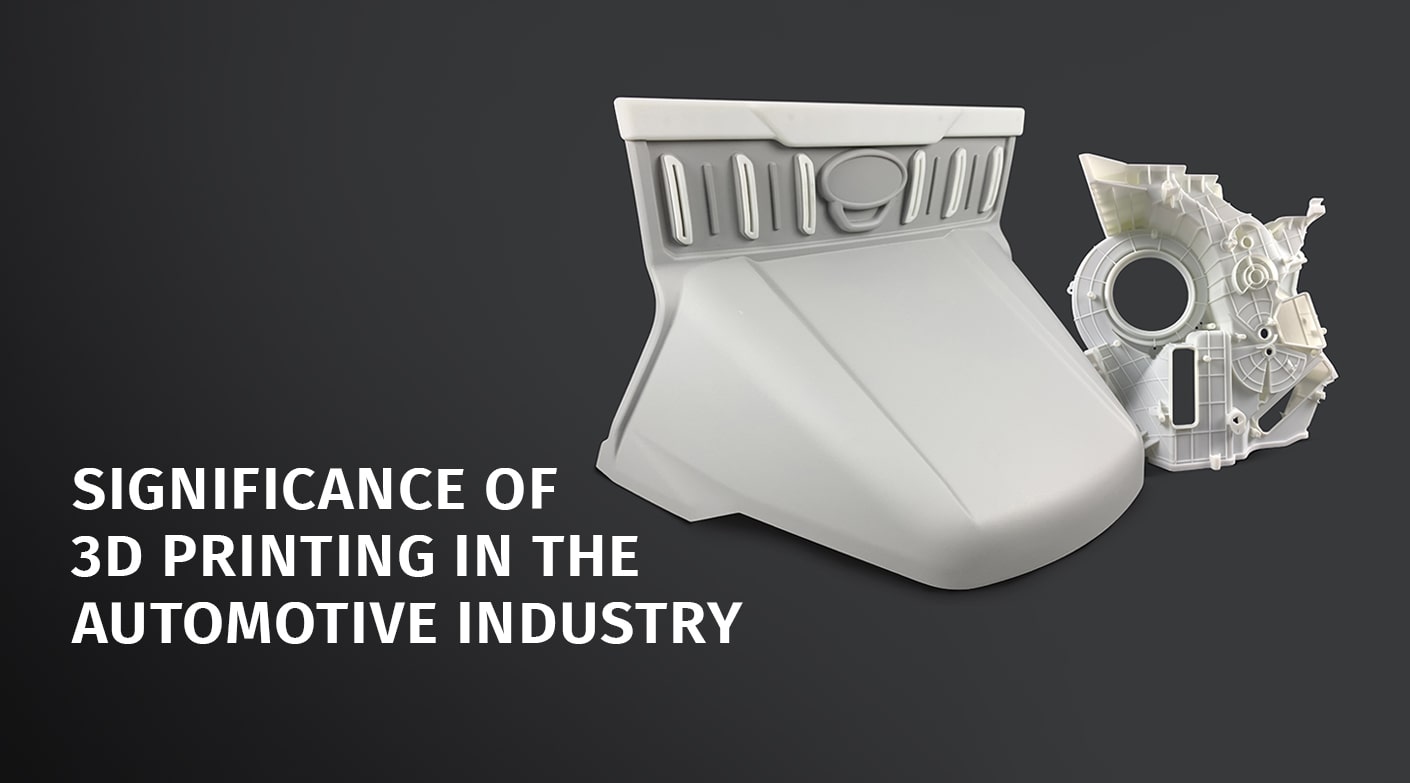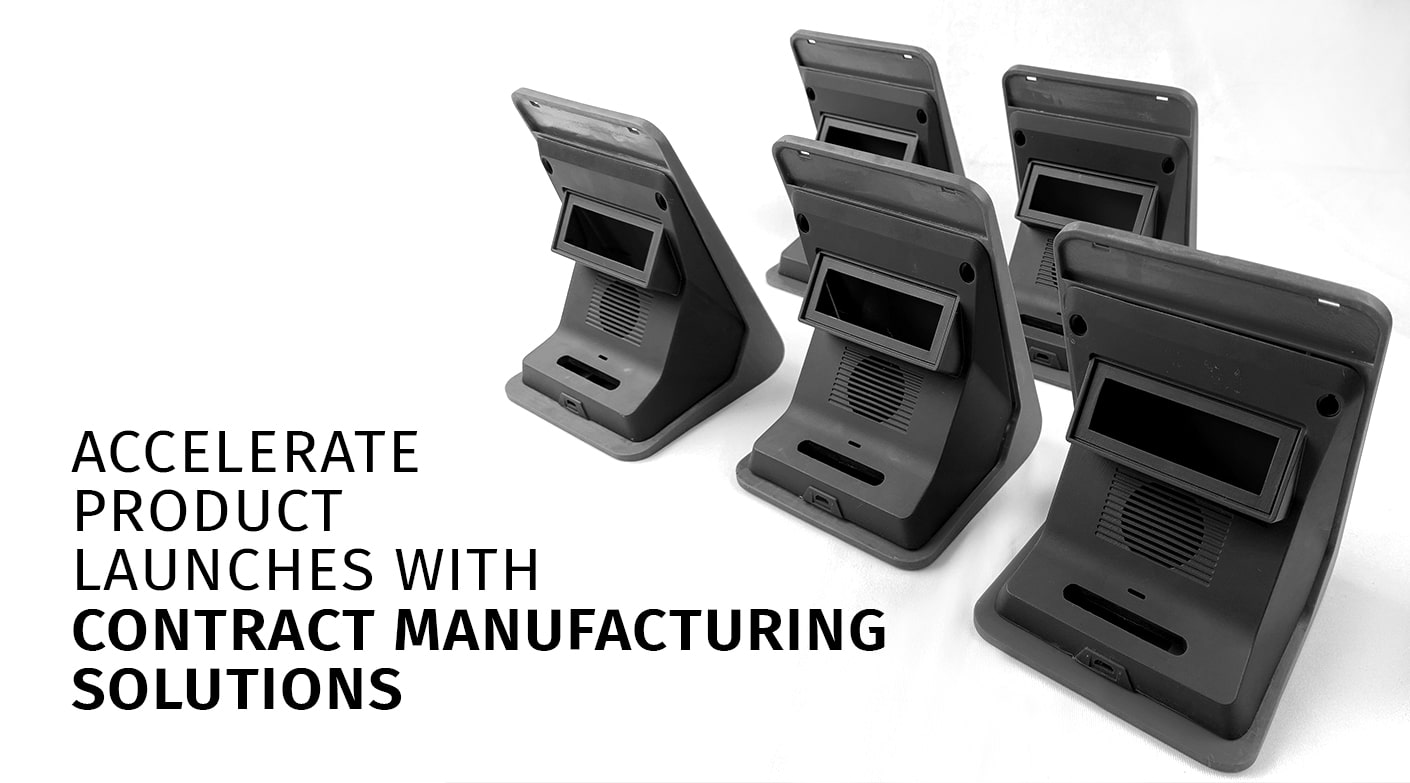When you think of on-demand production of components and custom parts, you think of either additive manufacturing (3D printing) or injection molding. While 3D printing has revolutionized the way prototypes and custom components are created, injection molding remains popular in high-volume production.
While the additive manufacturing market is growing at a compound annual growth rate (CAGR) of 21% and is projected to reach USD 96.7 billion by 2030, the injection molding market is expected to reach USD 17.51 billion by 2032, with a CAGR of 4.12%. However, OEMs, hardware manufacturers, system providers, component suppliers, etc. find themselves on the fence when it comes to selecting one of these competing technologies.
Which one is better? injection molding or 3D printing?
Though both have made cross-industry disruptions, it is important to break decision-making bottlenecks through a detailed analysis of the pros and cons of injection molding and 3D printing.
As a company with proven expertise in delivering turnkey services for both injection molding and 3D printing in Bengaluru, CubeIn experts present a practical guide to assist stakeholders in making informed, future-oriented decisions.
Key Differences: Injection Molding vs 3D Printing
When it comes to injection molding vs. 3D printing, future-focussed manufacturers, OEMs, and production companies should make informed decisions based on the key differences stated below for assured ROI and success.
#3D Printing
1. Impact of 3D Printing
Today 3D printing technology has come to a tipping point, moving beyond the niche of producing plastic prototypes. Research by McKinsey Global Institute estimates its annual impact to be up to $550 billion by 2025. Let’s explore how 3D printing impacts the entire product life cycle.
2. Technology and Process
CAD and 3D printers facilitate the creation of complex fully functional components, layer by layer using techniques like stereolithography (SLA) and fused deposition modeling (FDM), thus supporting rapid iterative design changes and production of robust isotropic parts for low-volume molding. With 3D printers using diverse materials from polymers, composites, metals, glass, and photopolymers, to titanium and even human cartilage (bioprinting) becomes possible!
3. Speed and Time to Value
In high-volume production such as automotive assembly, consumer electronics manufacturing, appliance production, and packaging, speed is paramount, and 3D printing can build only one or two parts at a time, making it unsuitable for mass manufacturing. However, things are taking a turn for the better with next-gen tech advancements on the horizon.
4. Cost Implications
Quick iteration, lower entry costs, cheaper machinery, and rapid prototyping at scale for complex geometries in short lead times, make 3D printing cost-effective. The digital nature of 3D manufacturing makes it an attractive, low-labor option for local manufacturers who want to avoid long-distance shipping costs. While it is suitable for creating complex parts in remote areas with lower electricity and labor costs, outsourcing 3D printing to experienced contract manufacturing providers like Cubein allows manufacturers to focus on their core business functions.
5. Use Cases/Applications
The reduced cost and increased capabilities of 3D printers are accelerating their utilization for end-product development in:
- Aeronautics for lightweight aircraft components.
- In medicine for custom prosthetics, 3D-printed hips, etc.
- In the automotive sector, it’s used for rapid prototyping and development of custom parts.
- In consumer goods for personalized products.
- In construction for architectural models and structural components.
Manufacturers can use 3D printing to achieve accelerated product-development cycles, simplified production runs, and eliminate waste forming a beneficial circular economy.
Pros of 3D Printing
- 3D Printing holds immense potential in creating technically challenging intricate structures with greater design complexity and for testing multiple configurations aligned with customer preferences.
- Quick setup time makes it excellent for complex and customized designs.
- Producing 3D printed parts while waiting for traditional production tools, expedites time-to-market.
Cons of 3D Printing
- Strength is a major concern when it comes to 3D-printed parts and when it comes to high-volume production, 3D printers have longer cycle times and there is a limitation to how small or how big a part can be created.
- 3D printing requires controlled environmental conditions to prevent shape distortion, optimized printing speeds, and adjustments according to new materials like slurries, and gels.
#Injection Molding
1. Impact of Injection Molding
Injection molding held a 44% market share in the Asia-Pacific region in 2023 in sectors including automotive, electronic devices, consumer products, and packaging. Here’s how injection molding capabilities can be used to benefit manufacturers, based on diverse aspects.
2. Technology and Process
In Injection molding, the material (molten plastic, metals, rubbers, or composites) is inserted into the mold cavity, through steps involving clamping, injection, packing and holding and finally cooling to create a part of a specific shape, and facilitates the rapid design and mass production of precision, high-quality parts. While plastics were traditionally used, the creation of metal parts using metal injection molding (MIM) technology has facilitated faster manufacturing times, eliminated the need for additional processing steps, and hence ensured better tolerance levels in the final products.
3. Speed and Time to Value
Injection molding enables faster production for large volumes, driving efficiency, although setup times are longer. Today, integrating advanced collaborative robots (“cobots”) into the process boosts efficiency by delegating assembly tasks, reducing cycle times, and enhancing quality and part consistency while minimizing human error.
4. Cost Implications
Injection molding is notorious for high entry costs and greater turnaround times, due to the expenses related to mold, machinery, and tool design. While steel molds are durable and expensive, aluminum ones, though less costly, wear out soon, and if there are changes in part design, it adds to the cost. However, employing 3D printing in the prototyping phase could significantly downsize costs and with their ability to create multiple molds, they can be a viable option for producing large quantities.
5. Use Cases/Applications
In 2023, the plastics segment led the market at 98.3%, while the metal segment is projected to have a CAGR of 7.4% driven by increasing demand for metal injection molding. With new technological advancements, injection molding finds its use in:
The medical segment for medical disposables of complex medical components like dental implants, prosthetics, endoscopic tools, drug delivery equipment, catheters, syringes, and other minimally invasive surgical equipment
The demand for mass production of lightweight components has increased the adoption of injection molding in automotive, aerospace, consumer electronics, and medical devices, and the growing electric vehicle space.
Pros of Injection Molding
- With injection molding, the creation of tight-tolerance, high-volume parts becomes easier, and the wide range of materials supported (silicone rubber and thermoplastic elastomers) in injection molding makes it suitable for the mass production of diverse products.
- From consumer goods to automotive components and industrial parts, Injection molding creates strong, solid designs based on one continuous form to reduce friction, thus requiring minimal post-processing.
Cons of Injection Molding
- Injection molding requires tools for the creation of molds which is time-consuming and expensive.
- There are constraints in the mold design and the difficulty and cost involved in making design changes, adds to the challenges.
The Verdict
With lines blurring, choosing between 3D printing and injection molding needs intelligent decision-making and it can’t be based solely on statistics and trends, as neither 3D printing nor injection molding is a panacea. Through this blog, OEMs, manufacturers, startups, and production units can look at both through a lens of specific application needs, production volume, material requirements, cost considerations, and the overall impact on supply chain and business strategy.
Now that you have a clearer perspective, turn your manufacturing ideas—whether for 3D printing or injection molding—into reality by partnering with Cubin and watch your vision come to life.




